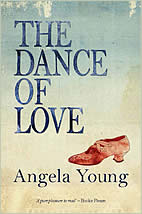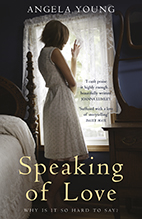On last Tuesday’s The Life Scientific with Jim Al-Khalili, the guest scientist was Professor Peter Stott, a senior climate scientist at The Met Office’s Hadley Centre for Climate Science and Services. The biggest challenge in climate science today, Stott said, is whether we can adapt quickly enough to the increasingly dangerous effects of climate change on our planet.
It’s been an uphill battle to convince policy-makers to act and to convince the public of the truth of human-influenced climate-change since Stott began work at the Hadley Centre in 1996. Along the way, he and his fellow scientists have been ambushed at a conference between Russian scientists and British scientists to discuss climate change. The Russian scientists were marginalised while the British scientists were confronted by climate sceptics who accused them of, among other things, behaving like the scientists in Nazi Germany, who supported eugenics. They’ve been rubbished in the media: in the Daily Mail, David Bellamy wrote that global warming was ‘a load of poppycock’. George Monbiot wrote about that here. And much more denying has been going on.
But since Peter Stott joined the Hadley Centre in 1996 he and his colleagues have looked not only at future weather patterns, but at what has happened in the past. By simulating past temperatures, including all the possible factors that could expain climate change, like El Niño, if they left greenhouse gasses at the concentrations they were in pre-industrial times and took out all human factors, they found they got nothing like the actual observed warming. It was only when human influences were included that global warming could be explained. Still they faced denial. But as Peter Stott listened to the climate deniers he realised they were far better storytellers than the scientists. Climate-change scientists often lost their audiences in a maze of depressing facts and figures, while the climate deniers convinced their audiences with wrong, but entertaining, stories.
So Stott decided to tell stories too. He learned to write popular science – where the story and the characters are just as important as the scientific details – and published a book, Hot Air: The Inside Story of the Battle Against Climate Change Denial. He writes about the process of telling the story of climate change here and he and his wife, Pierette Thomet, created Climate Stories where people sing and write poems and make music about the climate and most importantly how they feel about climate change. Stott realised when he set up Climate Stories that scientists also needed to think about how they feel about their science, as well as thinking about the science itself.
The more heartfelt climate-change stories we tell, stories that include the science that explains how we humans have caused climate change (the evidence is incontrovertible now) and how we feel about it, the quicker we’ll understand what we must do to adapt: whether it’s how we travel, what we eat or how we heat our homes. And more. We can make these small changes and make a very large difference.
This, one of the many poems, stories and drawings in the Climate Stories book, made me think and feel about what I can do to help restore our planet. See what it does for you.






Leave a Reply